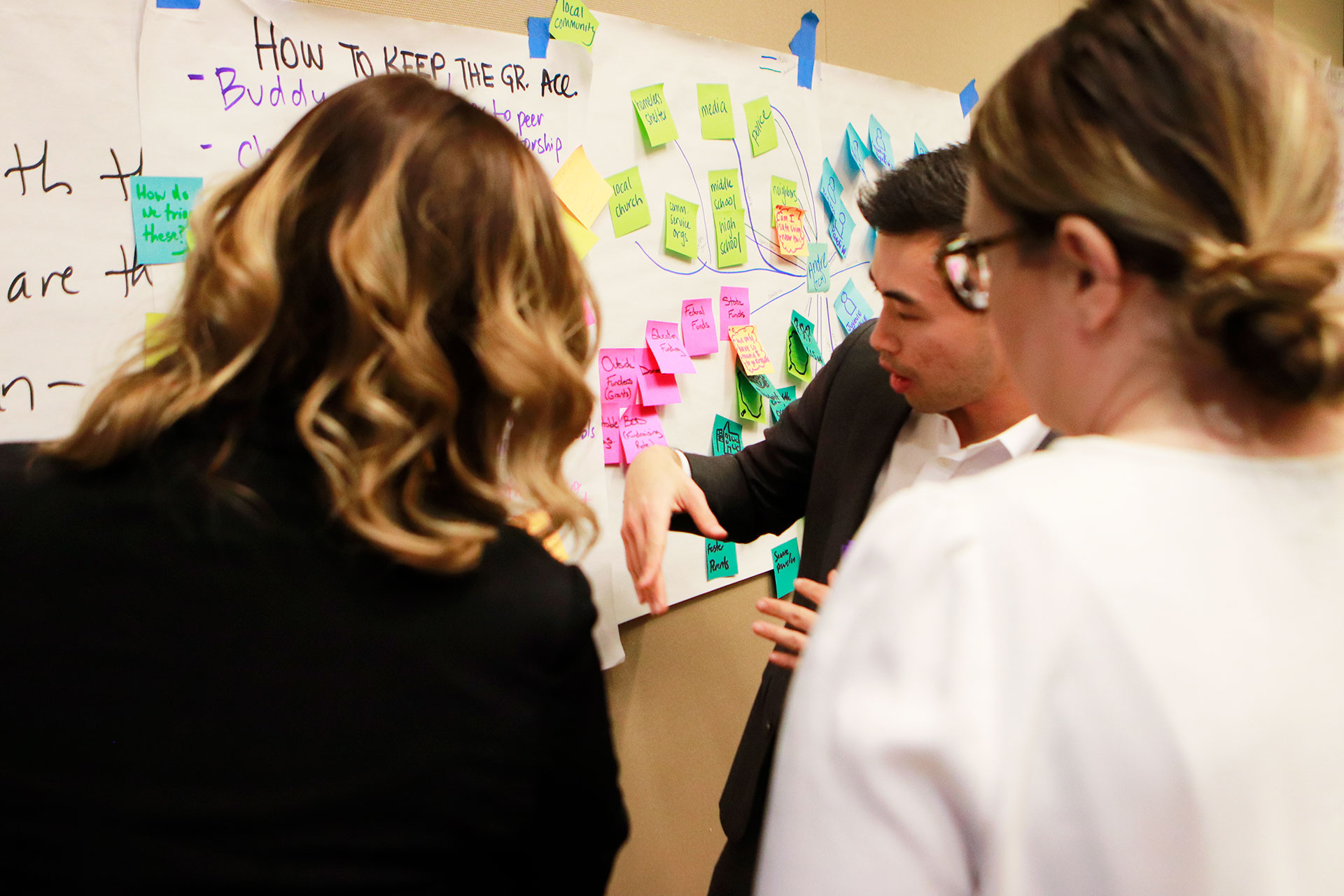
Racial, gender, and economic injustices play out every day in child welfare. Although intended to protect kids, the child welfare system itself can cause harm and trauma.
Before they are grown, a third of children will be subjected to a child protection investigation. In most hotline reports, no physical or sexual abuse is alleged. Rather, these are instances of perceived neglect – such as a child needing supervision or a home where food is scarce. We know neglect findings are intricately linked to poverty.
Further, in a world of structural inequities and racial biases, half of Black children will be subjected to investigation, and Black and Native American children are 2 to 3 times as likely as white children to be separated from their parents.
Across racial groups, foster care placement is distressingly common – 1 in 17 children experiences this trauma. Foster care contributes to subsequent challenges, including educational disparities, sexual exploitation, juvenile justice involvement, and homelessness.
Amid these challenges, Foster America recognizes a once-in-a-generation opportunity for systemic change in child welfare.
The recently adopted Families First Prevention Services Act provides open-ended federal funding for prevention services. Previously, these federal dollars supported only foster care and institutional group placement costs. Now, programs that keep families together are eligible for this funding.
Recent movements for racial and economic justice have amplified the call to eliminate unnecessary and biased interventions in families’ lives by the child welfare system and to disentangle poverty from neglect.
Mounting evidence demonstrates that economic supports such as child tax credits, housing assistance, child care subsidies, food programs and cash assistance decrease child abuse, neglect, and encounters with the child welfare system.
National initiatives like “Thriving Families, Safer Children,” a partnership of the field’s biggest influencers (Annie E. Casey Foundation, Casey Family Programs, Prevent Child Abuse America, and the federal government) are inspiring field-wide change.
Labor shortages – including in the child welfare workforce and among foster and group home caregivers – make it clear that more investigation and out-of-home placement are not only inappropriate but also unsustainable.
Foster America is responding to a unique opportunity to accelerate change with the support of the boldest governmental partners and communities in the nation.
Today, we continue to identify and invest in promising leaders and help them learn and apply their experiences to transform the child welfare system.
Together, we enable a continuous exchange of insights, successes, and even failures – all with the goal of defining the best ways to support children and families.

Be the first to find out about the work Foster America is doing to transform how our nation supports families.